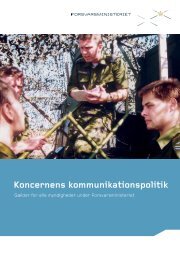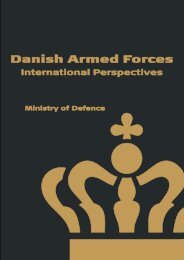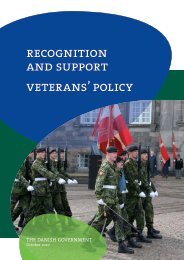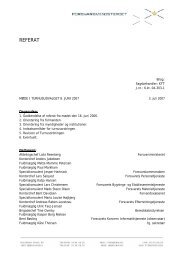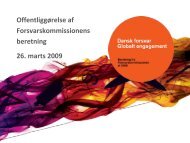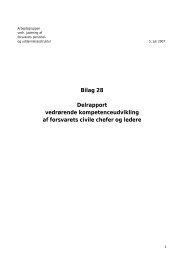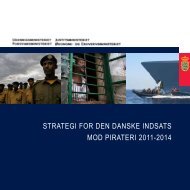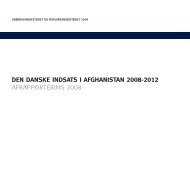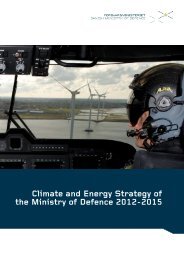Afghanistan Report 2009 - Isaf - Nato
Afghanistan Report 2009 - Isaf - Nato
Afghanistan Report 2009 - Isaf - Nato
Create successful ePaper yourself
Turn your PDF publications into a flip-book with our unique Google optimized e-Paper software.
FAO supports<br />
the development of<br />
Integrated Dairy Schemes<br />
The project aims at the development of<br />
Integrated Dairy Schemes in <strong>Afghanistan</strong>.<br />
Several Dairy Unions, namely the Kabul Dairy<br />
Union, the Mazar Livestock Development<br />
Union and the Kunduz Dairy Union have been<br />
organised, established and registered with the<br />
Government of <strong>Afghanistan</strong>. Processing facilities<br />
have already been improved to increase the<br />
dairy units’ productivity (litres per day) for Kabul,<br />
Balkh and Kunduz Dairy Unions, respectively, by<br />
up to 7,000, 5,000, and 2,000 with a complete<br />
pasteurization and packaging system. In 2008,<br />
the three facilities produced 2.1 million litres of<br />
milk as opposed to 0.6 million in 2003.<br />
Technical experts are supporting the Unions<br />
and providing capacity building to improve their<br />
technical management and entrepreneurial<br />
skills to enable them to run the dairy business.<br />
A 15-month (October 2008 to December <strong>2009</strong>)<br />
extension proposal for a consolidation phase<br />
was approved by donors with additional funding<br />
of 1.7 million USD. Respective Unions have<br />
developed a business plan for three years. The<br />
processing and cooling facilities in Kunduz and<br />
Mazar, as well as feed mills in all three facilities,<br />
will be upgraded. (Source: FAO)<br />
Energy and Transport<br />
The challenge of sustainable economic growth cannot<br />
be met without building the physical networks and<br />
infrastructure associated with energy, water supply<br />
and transport. The ANDS strategic objective for the<br />
energy sector is the provision of reliable, affordable<br />
energy, through an efficient and well-regulated market<br />
and private sector investment. Modern infrastructure<br />
will maximise the capacity of the Afghan economy,<br />
generating employment, income, and a steady influx of<br />
capital. In addition, an efficient infrastructure contributes<br />
to nation-building and strengthens the credibility of the<br />
Government by providing enhanced access and more<br />
reliable services to the Afghan citizens.<br />
As the imported electricity reaches Kabul, an elderly<br />
man turns on the light at his home. (© World Bank)<br />
The ANDS aims at providing 65% of households,<br />
90% of non-residential establishments in major urban<br />
areas and at least 25% of households in rural areas<br />
with electricity by 2010. The production of electricity<br />
has grown from 557 MWh in 2002 to 1,566 MWh in<br />
2008 31 . Kabul is now connected to the North East<br />
Power Transmission System (NEPS) and receives<br />
more constant and reliable power supply.<br />
Although most parts of the capital receive electricity<br />
for 4 hours every second day, an increasing number<br />
of neighbourhoods receive it 24 hours a day. In the<br />
future, as the transmission lines capacity to Kabul and<br />
the distribution network are upgraded, more and more<br />
households and non residential establishments will<br />
receive electricity.<br />
Moreover, the recent power purchase agreement<br />
signed between <strong>Afghanistan</strong> and Uzbekistan will enable<br />
many towns in the North to restore the necessary<br />
power supply conditions to rebuild thriving economic<br />
activities.<br />
31<br />
USAID.<br />
38



